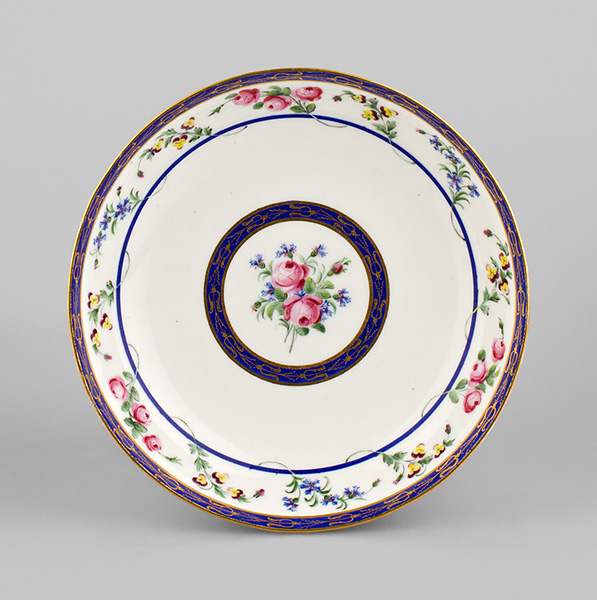

Soft-paste porcelain in CERAMICA CH
Porcelain can be divided into three main groups with different chemical and mineral compositions: hard-paste porcelain, soft-paste porcelain and bone china.
As distinct from stoneware, refined white earthenware, earthenware and faience, all three types of porcelain are usually translucent and tend to be sufficiently hard-fired to fuse into a kind of natural glass.
Soft-paste porcelain (frit porcelain)
Ceramic material made from an artificial mixture, fully vitrified and glasslike, generally white and slightly translucent. The clay body used to make soft-paste porcelain is a combination of a calcareous white clay with added lime and glass frit or ground glass. After biscuit firing at 1100ºC to 1200ºC, the object is covered in a lead glaze, which is fixed during the second firing at 1000ºC. The same decorations can be applied as on hard-paste porcelain, except that the overglaze painted decorations are smoother and shinier than they are on hard-paste porcelain. The colours fuse very well with and are as shiny as the lead glaze on the vessel surface and cannot be distinguished by the naked eye. The glaze on soft-paste porcelain can be scratched with a knife, as it is considerably softer than the feldspar glaze on hard-paste porcelain.
Translation Sandy Haemmerle
German: Weichporzellan
French: porcelaine tendre

